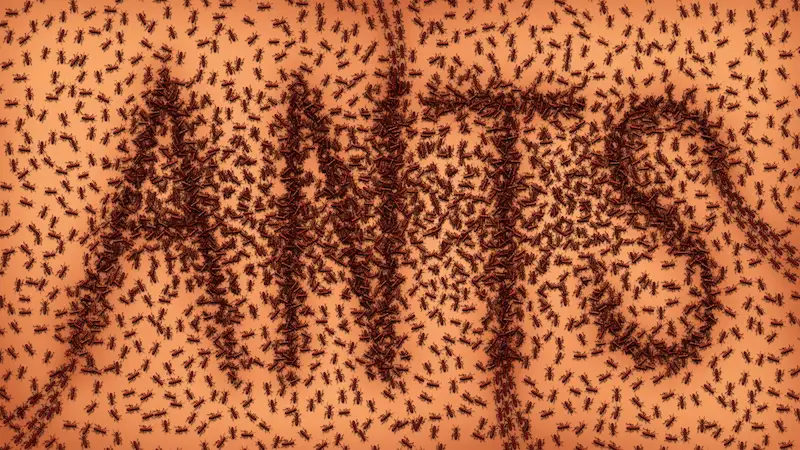Table of Contents
Ants are industrious insects that play a critical role in our planet’s ecosystems. But when certain species decide to set up camp in our homes, it’s critical to know the specifics of who you’re dealing with. Carpenter ants and black ants might seem alike at first sight.
However, they have distinct characteristics that differentiate them in behavior, diet, and even the structure of their colonies. This article aims to help you tell the difference between carpenter ants vs black ants and understand how to manage them effectively. Read on.
Physical Differences
The most noticeable distinction between carpenter ants and black ants is often their size and color. Carpenter ants are larger, typically ranging from one-eighth to three-eighths of an inch, and, have an evenly-rounded thorax. They also exhibit different colors, such as:
- black
- red
- a combination of red and black
In contrast, typical “black ants” are significantly smaller, averaging around one-sixteenth to a quarter of an inch in length, and will be uniformly black or dark brown. However, it’s important to note that size and color can vary slightly within each species. These ant species can vary but are still a pest.
Behavioral Differences
Carpenter ants and black ants have different habits. Carpenter ants derive their name from their habit of burrowing through damp or damaged wood to build their nests. They don’t eat the wood but rather push the sawdust-like shavings out of their nest’s galleries.
This can be a sign of structural damage in homes. Black ants, on the other hand, typically nest under rocks, woodpiles, and debris, but they can also infest wall voids and other areas of the house.
Black ants are omnivorous scavengers, but they have a preference for sweet food, which guides their foraging behavior. These household pests can a a nuance in your everyday life.
Colony Structure and Growth
Carpenter ant colonies tend to start as a satellite colony connected to a main nest. These colonies grow slowly, typically taking around three to six years to mature. Once mature, they can contain up to 10,000 workers, while some of the largest colonies may have over 100,000 workers.
Black ant colonies grow much faster and can reach numbers well over 100,000 in just a few years. Their colonies are typically divided into smaller groups for various tasks such as foraging, caring for the queen, and tending to larvae. Ant identification is very important, especially when it comes to addressing them.
Controlling and Preventing Infestations
Because carpenter ants can cause structural damage, it’s crucial to address infestations promptly. This usually involves a combination of eliminating existing carpenter ant trails and nests. Also, preventing future infestations by repairing damage and addressing moisture issues.
For black ants, controlling food sources and sealing entry points are common strategies. Physical barriers can also be effective for both types of ants. It’s helpful to consult pest control services to aid in pest management for ant infestation.
You may like – The Art of Finding Talent: Strategies for Success
Learn the Difference Between Carpenter Ants Vs Black Ants Today
In conclusion, understanding the differences between carpenter ants vs black ants is the first step to effective pest management. Identifying the ant species is important, as it will dictate the type of control methods you should use.
When in doubt, consulting with a pest control professional can help you develop a comprehensive and tailored plan to rid your home of these unwelcome guests. Acting promptly and definitively is crucial.
To dive into more articles, check out our blog!

